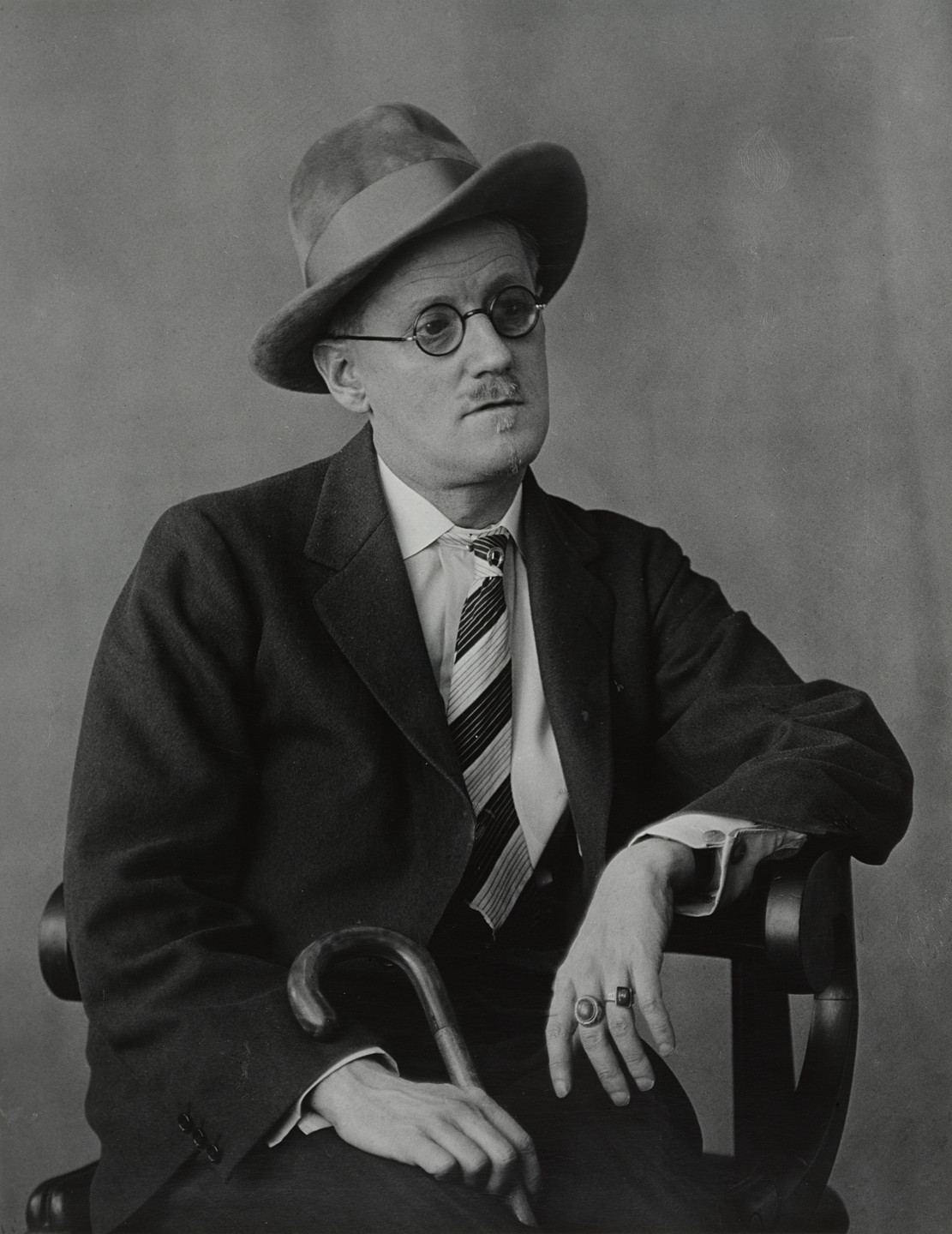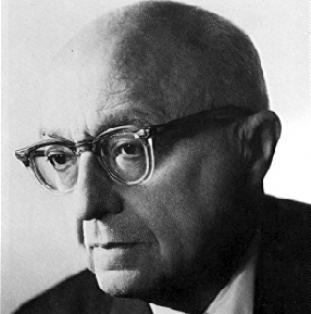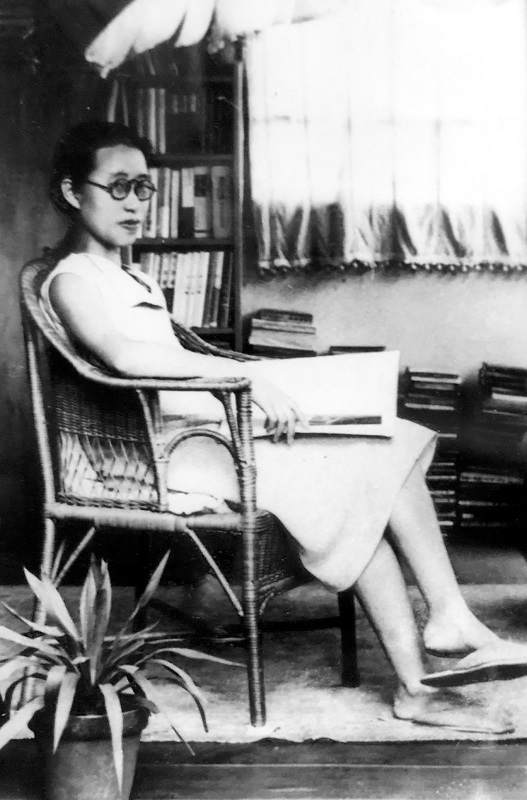
Sagawa Chika 左川 ちか The Phantom Poet
1911-1936
The two kanji characters in Sagawa mean “left” and “river” alluding to the Left Bank of the Seine – Parisian headquarters for artists and writers.
Sagawa’s real name is Kawasaki and her first name kanji 愛 can be pronounced as either Ai or Chika.
Sagawa is a Japanese surrealist avant-garde poet, who is often considered Japan’s first female modernist.
From early childhood, Sagawa had problems with her health, especially with vision, and tragically died at 24 from stomach cancer.
For a long time, Sagawa’s work was out of print and almost impossible to access and, only in the 21st century, her complete works were translated into English by Sawako Nakayasu.
Geography
Historical Context
Sagawa was writing from the Taishō era (1912-1926) through the beginning of the Shōwa period (1926-1989), which was the peak for avant-garde poetry in Japan. During this period, Tokyo also underwent westernization from clothing to jazz cafes the culture was changing.
In July 1923, MAVO, a radical Japanese art movement inspired by Dada and futurism, was formed. Their goal was to blur the line between art and everyday life.
In September 1923 the Great Kantō earthquake killed over 100,000 people in the Tokyo metropolitan area. The grief and devastation were followed by reconstruction which became an opportunity for cultural change with a heavy incorporation of the West.

Sagawa’s Poetry & Publications
When she was alive, Sagawa was part of Arcueil Club, with the journal Hakushi (which later became Madame Blanche ) as its publication outlet.

While she was alive she published some of her works in the Japanese avant-garde publication Shi to Shiron (Poetry and Poetics). She began by publishing translations of James Joyce’s poems from Chamber Music, and soon followed it with her own poetry.
The Collected Poems of Chika Sagawa translated by Sawako Nakayasu and published by the Modern Library of New York in 2015 is the first full-length English translation of Sagawa’s work.
Originally published by Canarium books, the collection won the 2016 PEN Award for Poetry in Translation.

Backside
Night eats color,
Flower bouquets lose their fake ornaments.
Day falls into the leaves like sparkling fish
And struggles, like the lowly mud,
The shapeless dreams and trees
Nurtured outside this shriveled, deridable despair.
And the space that was chopped down
Tickles the weeds there by its feet.
Fingers stained with tar from cigarettes
Caress the writhing darkness.
And then the people move forward.
This is a word cloud for Chika’s poetry based on the words that stood out to me and their frequency in the text.
Some themes that I were able to pick up were the conflict between light and darkness, nature versus the inside of a house, seasons changing, the fragmented nature of time and memories, and the discomfort of being inside one’s body, feeling one’s skin to be a shell that needs to be peeled off.
Western Influence and Translations
Sagawa’s poetry was largely influenced by Western poets and writers, especially those she translated. She started off translating other people’s poetry.
Chika Sagawa’s reinforcement of Modernism
Sagawa has been able to combine Japanese and Western cultures. While she did not use the traditional forms of haiku or tanka and was one of the first Japanese poets to write in free verse, she still thematically focused a lot on seasonal changes in nature. However, even when doing that she was able to bring new emotions to it. A big reason why I personally like Chika’s poetry is its violence mixed with tenderness, the constant tension, the juxtaposition between reality and dreams, darkness and light, and life and death.
My absolute favorite aspect of Chika’s poetry is her masterful surrealism which is achieved largely through the use of personification.
Sagawa’s poetry is fragmented, not unlike Langston Hughes’ “Montage of a Dream Deferred.” Her poetry often consists of disjointed abstract images that just are.
Sagawa’s poetry included elements of multilingualism. For example, some poem titles, such as “The mad house,” “Finale,” and “The street fair,” were written in English by Chika herself. Some words in her poetry were also originally written in English or in katakana which is the Japanese alphabet used specifically to phonetically write out foreign words.
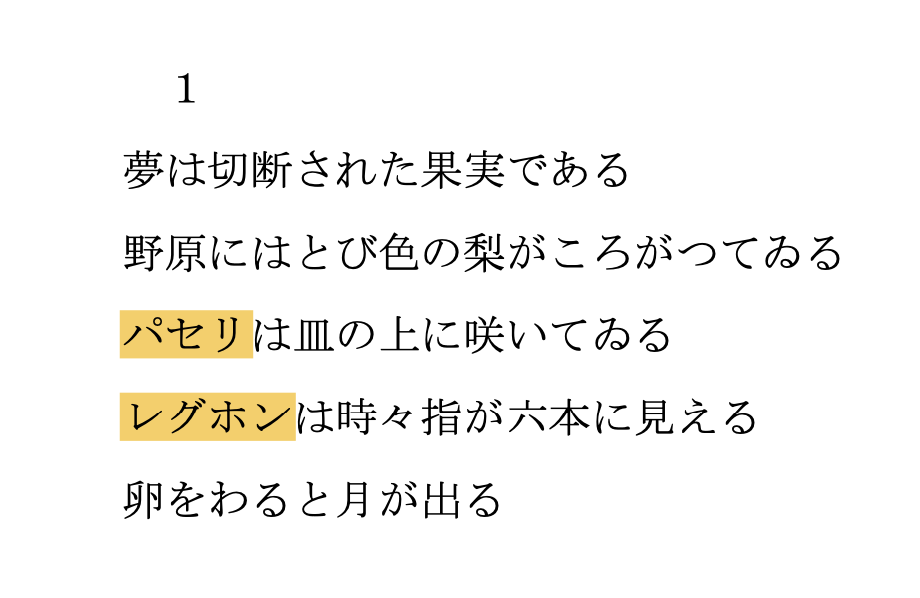
Japan’s Modernist community was male-dominated which was likely part of the reason why she dropped into obscurity. Another big reason was Japan’s Thought Police which forced artists to promote “authentically” Japanese culture and reject the West. And of course, her early death, followed by World War II, was not conducive to a strong literary legacy.
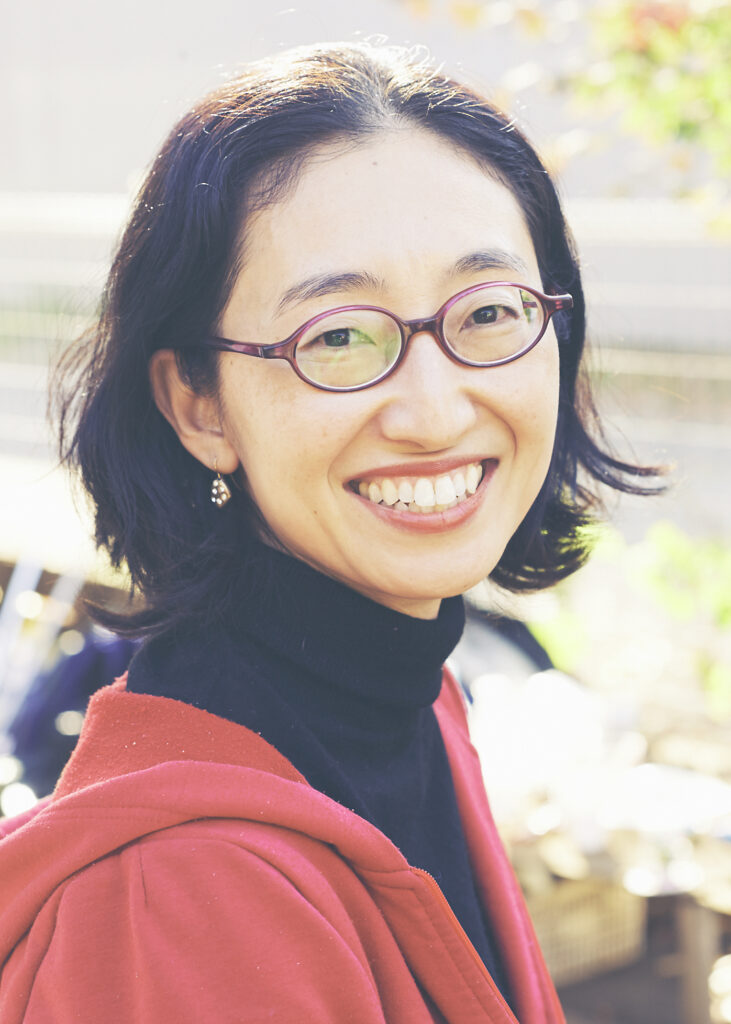
Sawako Nakayasu /
The Translator
Nakayasu is a poet, a translator, and an Assistant Professor of Literary Arts at Brown University.
She is currently working on a digital scholarly publication about the past and future of Chika Sagawa.
Bibliography
“The Collected Poems of Chika Sagawa.” PEN America, PEN America, 18 Dec. 2018, https://pen.org/the-collected-poems-of-chika-sagawa/.
Newik, Zack. “’Backside’ by Chika Sagawa.” Asymptote Blog, Asymptote, 2013, https://www.asymptotejournal.com/blog/2013/11/19/on-backside-by-chika-sagawa/.
Raphel, Adrienne. “The Startling Poetry of a Nearly Forgotten Japanese Modernist.” The New Yorker, The New Yorker, 18 Aug. 2015, https://www.newyorker.com/books/page-turner/the-startling-poetry-of-a-nearly-forgotten-japanese-modernist.
Sagawa, Chika. The Collected Poems of Chika Sagawa. Translated by Sawako Nakayasu, Modern Library, 2020.



